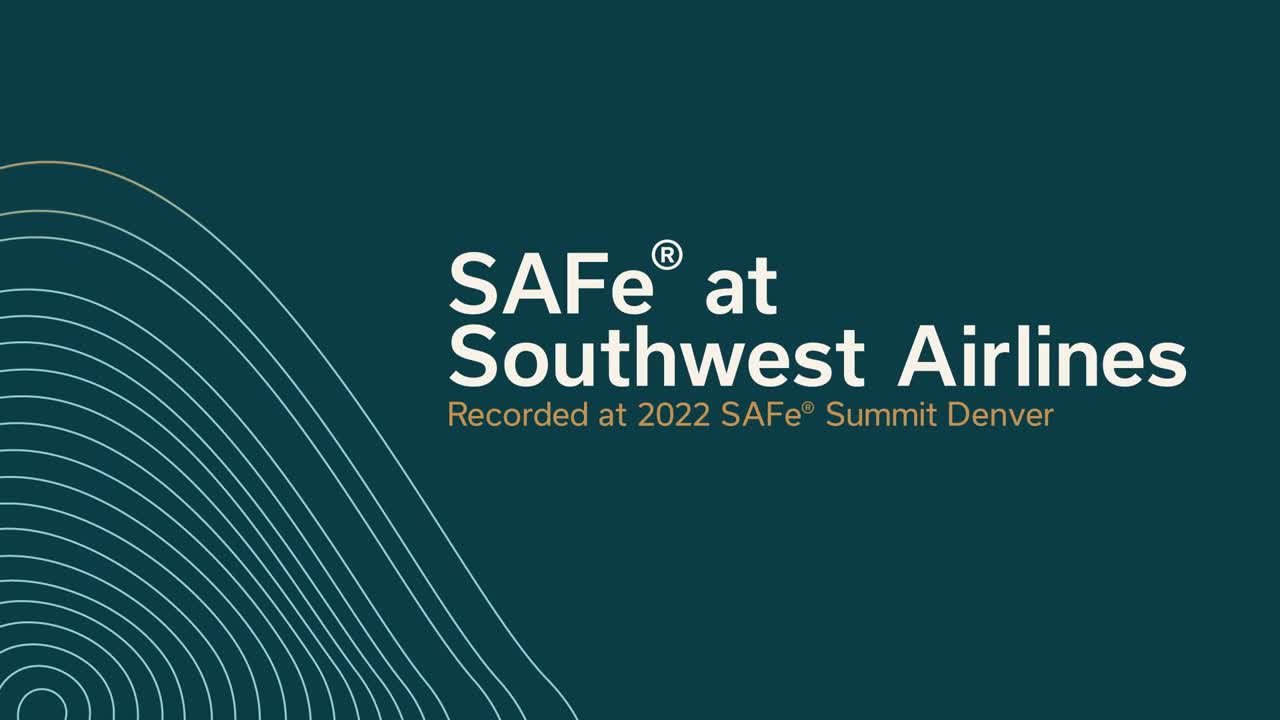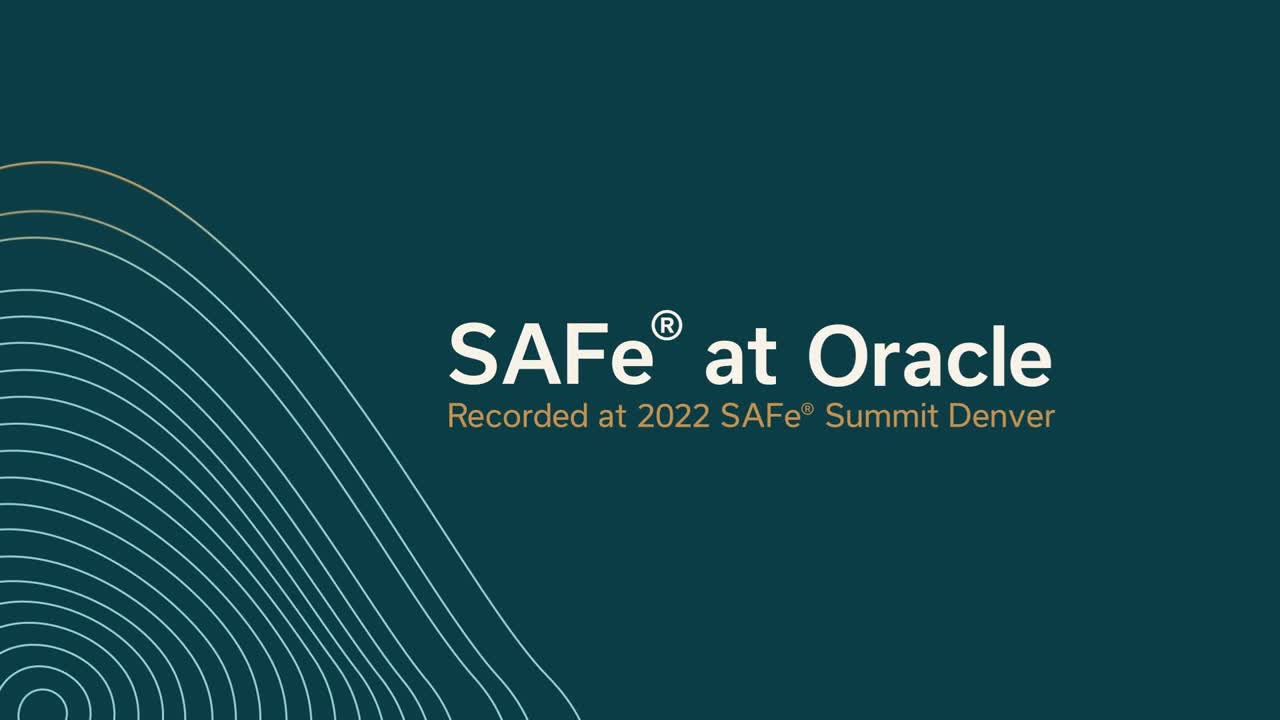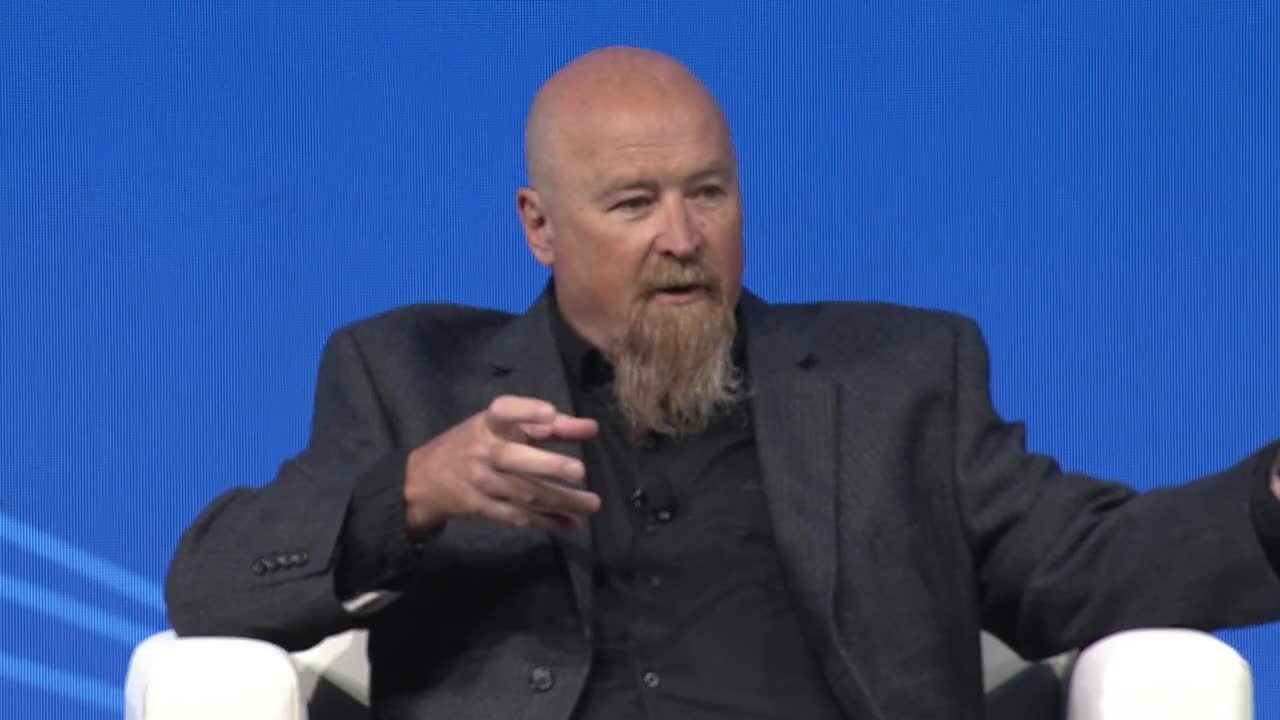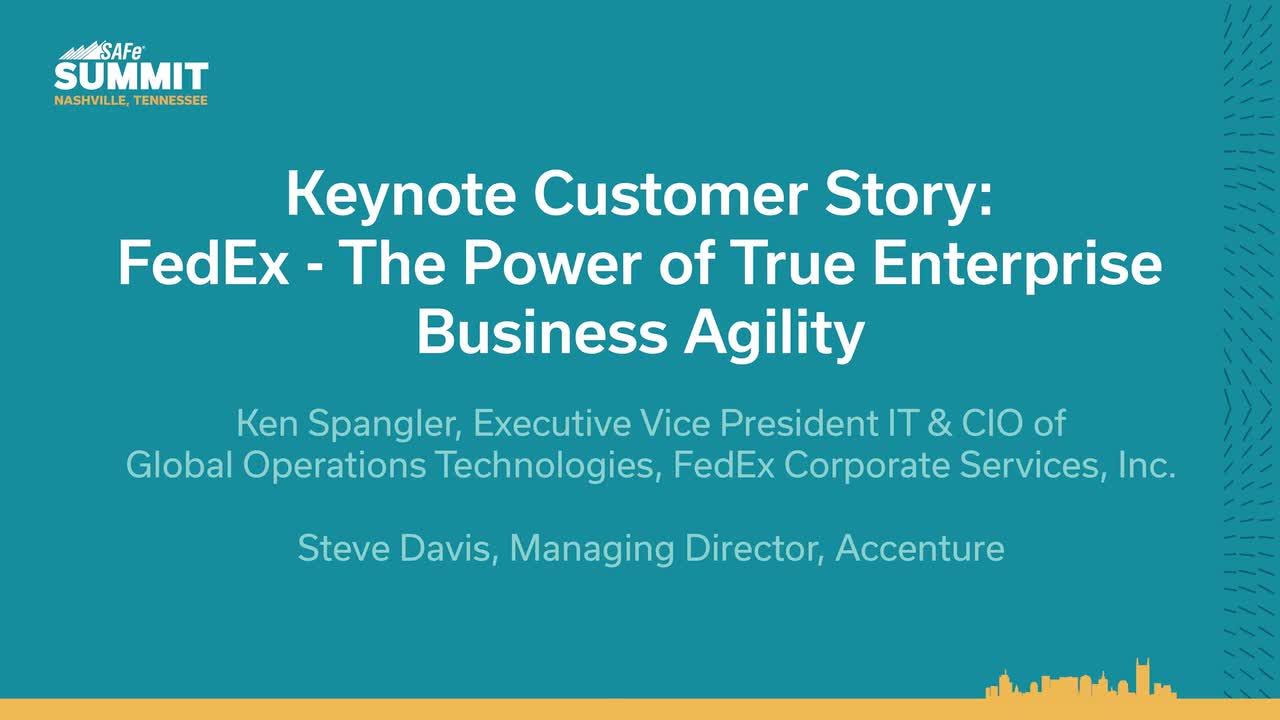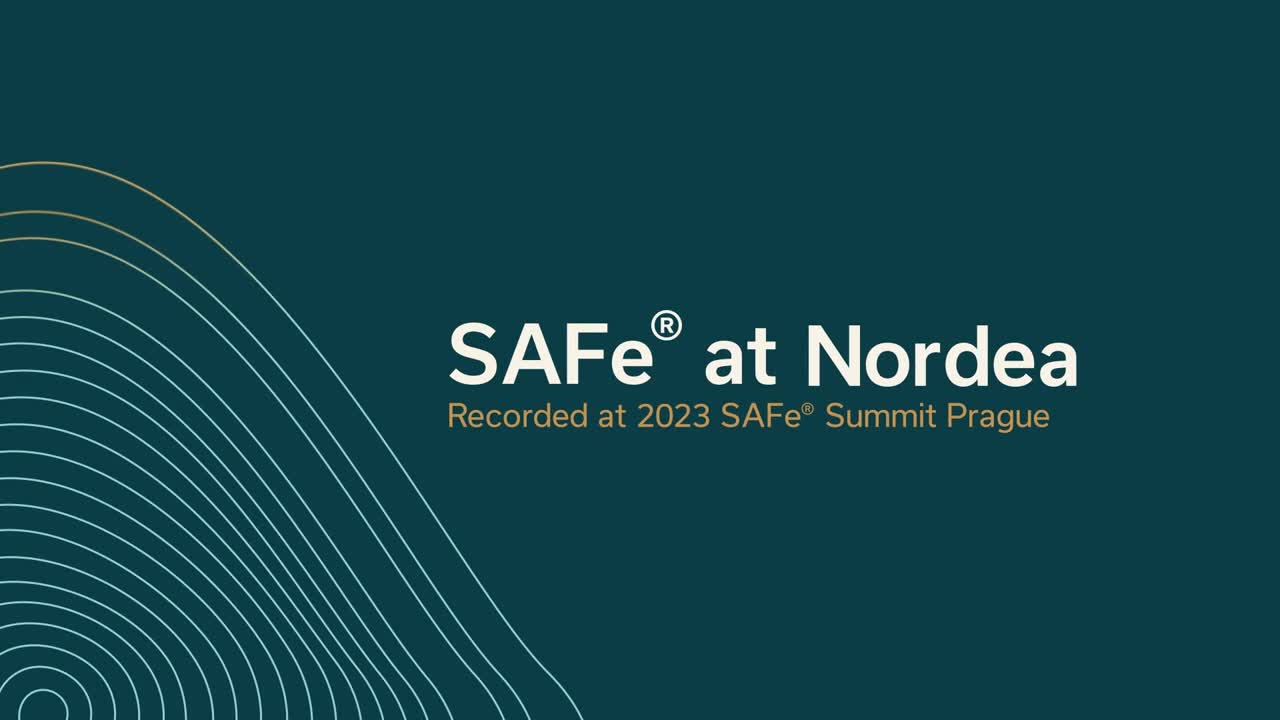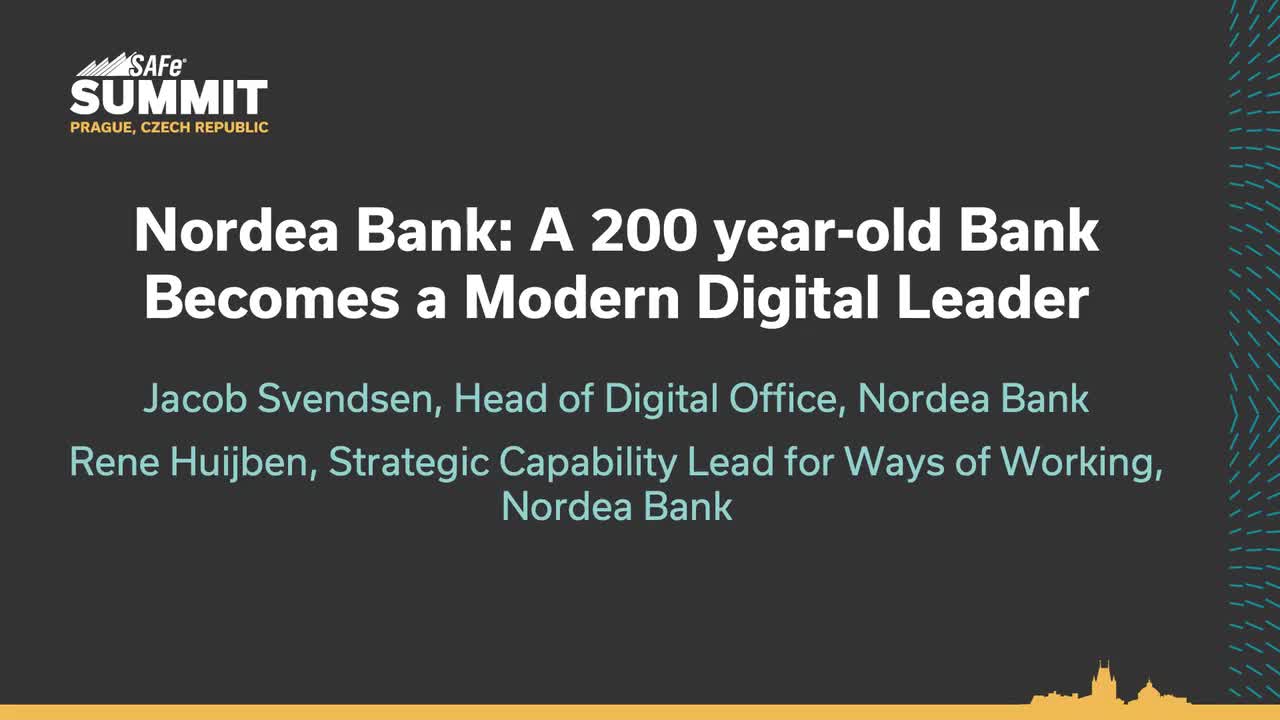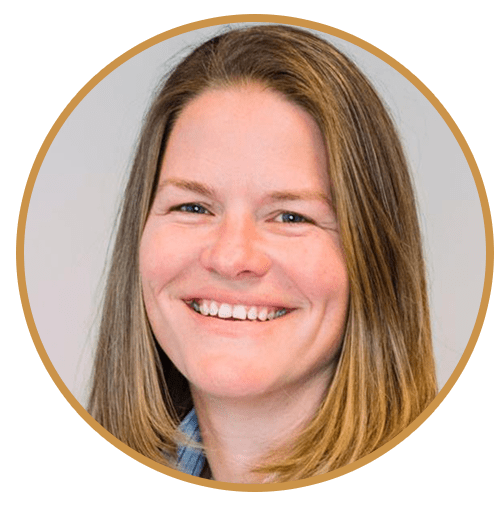“Working for an organization that practices SAFe means employees can be confident that their code will get to production and that their SAFe training will secure them transportable skills that add value to their career paths.”
—Paul Gampe, CTO, PCCW Global
Challenge:
Console Connect needed to deliver positive and on-time outcomes for its customers and partners and amplify its ability to attract talented technologists to the business.
Industry:
Telecommunications
Results:
- Improved business goal setting and ability to measure business value
- Achieved 98%+ of the committed PI objectives
- Reduced the number of lower business value objectives to allow time for innovation
- Established positive and transparent relationships with partners
- Attracted and trained new staff in a competitive market
Console Connect by PCCW Global: Improving Business Relationships and Attracting Top Talent with SAFe®
Introduction
PCCW Global is a leading telecommunications provider, offering flexible and scalable next-generation network solutions on a global scale combined with local, on-the-ground knowledge.

A product of PCCW, Console Connect is a platform that allows businesses to easily connect to public and private clouds, applications, and enterprise sites. It makes connecting clouds, networks, and business-critical partners and applications easy and secure. A leader in the Asia-Pacific Region, Console Connect by PCCW Global is globally accessible, offering best-in-class connections in Europe, the Americas, the Middle East, and Africa.
Breaking out of silos and finding common ground
When CTO Paul Gampe joined PCCW Global overseeing Console Connect in 2017, they had recently acquired several start-ups and development organizations. But they were struggling with a backlog of 50 unfinished projects, some of which had been running for five years and had no expected delivery date. The business was frustrated by the slow progress, and the IT team was overwhelmed.
In December 2017, Gampe toured the Console Connect facilities worldwide to meet the Corporate Services, IT and IP Engineering teams that he would lead. He spotted a trend in the challenges they faced.
“I began to sense the traditional silos and a disconnect between the business and the technical community in the company—issues that the Scaled Agile Framework is often used to identify and dissolve,” Gampe says.
Business agility with SAFe
Having seen the success of an Agile approach in his previous role, Gampe knew the benefits an Agile way of working would bring to the organization. After analyzing various frameworks and with the full support of the executive leadership of Console Connect, Gampe recommended the organization adopt SAFe® in early 2018 and engaged Pretty Agile to assist.
The technical leadership team flew from Greece, the US, Hong Kong and all around the world to Brisbane, Australia for training.
Pretty Agile CEO and Managing Director, Em Campbell-Pretty, has been impressed by the executive buy-in at PCCW. “When I look back over the organizations we work with, the organizations where I get the CEO and their leadership team in the room for two days for a Leading SAFe® class are the organizations that really get some momentum,” she explains. About six months later, the Console Connect Senior Management Team, including the CEO, gathered in Singapore for a two-day Leading SAFe® class followed by a Value Stream Identification Workshop.

Global communications start with human connection
One of Gampe’s favorite SAFe training memories was when he and Console Connect Head of Product and Innovation, Jordick Wong, hugged each other after a breakthrough moment during PI Plan acceptance. But it wasn’t always like that.
Console Connect made an early decision during a workshop to identify value streams for product offerings that they would focus on transforming while simultaneously switching to an Agile way of working. This choice presented a lot of challenges. “The biggest challenge that we faced wasn’t just trying to connect an engineering mindset with a network engineering mindset. It was coming up with a common language to help everybody in the organization begin to understand what we’re going to do when we’re going to do it,” says Gampe.
Bringing together the business and technology leadership teams to commit to a plan at each PI Planning session has been a crucial factor in driving this internal alignment and has led to a radical shift in the way the team builds applications.
“The first change we noticed was moving from component teams to feature teams. This shift allowed us to speak more clearly about the resource requirements to deliver a feature,” Gampe says. While it was challenging for the software community to make that transition, it has been very valuable for the business. “The business didn’t need to understand the complexity of our application architecture; they just articulated what they needed to get done. And we couldn’t have done that without a SAFe approach.”
Training partners in SAFe practices
In the past, PCCW would end up in heated debates with partners around the agreed scope of work and delivery times. But that’s no longer a problem. In addition to leveraging SAFe for internal software development, Console Connect now asks all its technology partners to train in SAFe, participate in the PI Planning, and get involved in the Agile Release Trains (ARTs). This approach addresses the challenges around timing and scope for fixed-contract projects. The overall response has been overwhelmingly positive, with increased clarity driven by:
- Organization-wide discussions—PCCW and their technology partners meet to discuss programming and planning and to map clear objectives, roles, and responsibilities.
- Ownership and accountability of tasks—Dependencies between PCCW and the partner are mapped out on a Program Board. Where an initiative is dependent on a task outside of the ART, a Release Train Engineer (RTE) owns this risk.
- Education—In the early stages of the engagement, there is a lot of restructuring of contractual relationships and discussion of the guidelines for engagement as Console Connect educates their technology partners around SAFe.
Together, these changes have led to increased confidence in the shared ability to deliver the outcomes required.
Accelerating updates to new technology
Today, SAFe helps Console Connect not only work more efficiently with partner companies, but they use the Framework to speed the adoption of new technologies. A recent example is their partnership with BMC Software. Console Connect wanted to work with BMC to update their IT Service Management Suite to the next generation, cloud-based BMC Helix ITSM. Console Connect utilized SAFe to work with BMC more effectively and deliver an outcome which delighted both Console Connect and BMC.
Gampe explains: “Because many of these on-premises systems have deep integrations and lots of customizations, we asked BMC to become a member of our Agile Release Train and plan and act with us as if they were a feature team.” He says the benefit was that as BMC attended the planning sessions, they saw the resolution of dependencies and the detailed planning activity and could participate in the draft planning. “They saw management accept the plans and prioritize the Program Increment (PI) objectives,” Gampe explains.
“By joining us in our SAFe approach, BMC understood the cadence they’d need to demonstrate at the end of each iteration. As a result, our confidence that the budget would align with the allocation and the delivery would be achieved within the set time frame was completely justified.”
Attracting and retaining top talent with SAFe
Like most organizations that rely heavily on technical expertise, Console Connect is constantly looking for more software development resources. They use SAFe as a means to attract the best talent, with their Agile training and environment ensuring that they have a steady flow of quality job applicants.
“The Agile way of working contributes to how efficient an employee can be,” says Gampe. “Working for an organization that practices SAFe means employees can be confident that their code will get to production and that their SAFe training will secure them transportable skills that add value to their career paths.”
Gampe calls out several standout SAFe attributes that help Console Connect attract and engage talented resources, specifically the publicly available content and global availability of training and support. “With SAFe,” he says, “I can provide a publicly available link for a product manager’s job description and know that a product manager in Greece or the US can read that content without any paywall or barrier. And the breadth of SAFe’s coverage means I can get people trained irrespective of their geography. These are significant advantages over the other Agile frameworks I considered.”
SAFe has also positively impacted employee retention, with staff able to demonstrate their work and interact with all levels of the organization. “The CRO, the CFO, and other senior executives now participate with our junior developers or senior architects every 90 days. The closed feedback loop has enriched the relationship for the development community and their understanding of the business, and vice versa,” says Gampe.
Console Connect and SAFe at a glance
- Six ARTs designed to support the systems associated with the ways that they deliver value
- An Agile Program Management Office, which is home to their Lean-Agile Centre of Excellence (LACE)
- An inter-ART dependency process, with a solution manager who coordinates activities across ARTs if required
- piplanning.io leveraged to plan and execute their PI
Training:
Summary
SAFe has helped Console Connect evolve from its traditional ways of working with employees, partners, and customers. Now, staff attraction and training levels are at an all-time high, relationships with partners and project outcomes are transparent, positive and less stressful, and SAFe is a key selling point for Console Connect initiatives.
Share:
Back to: All Case Studies
Suggested Case Study: Royal Philips
